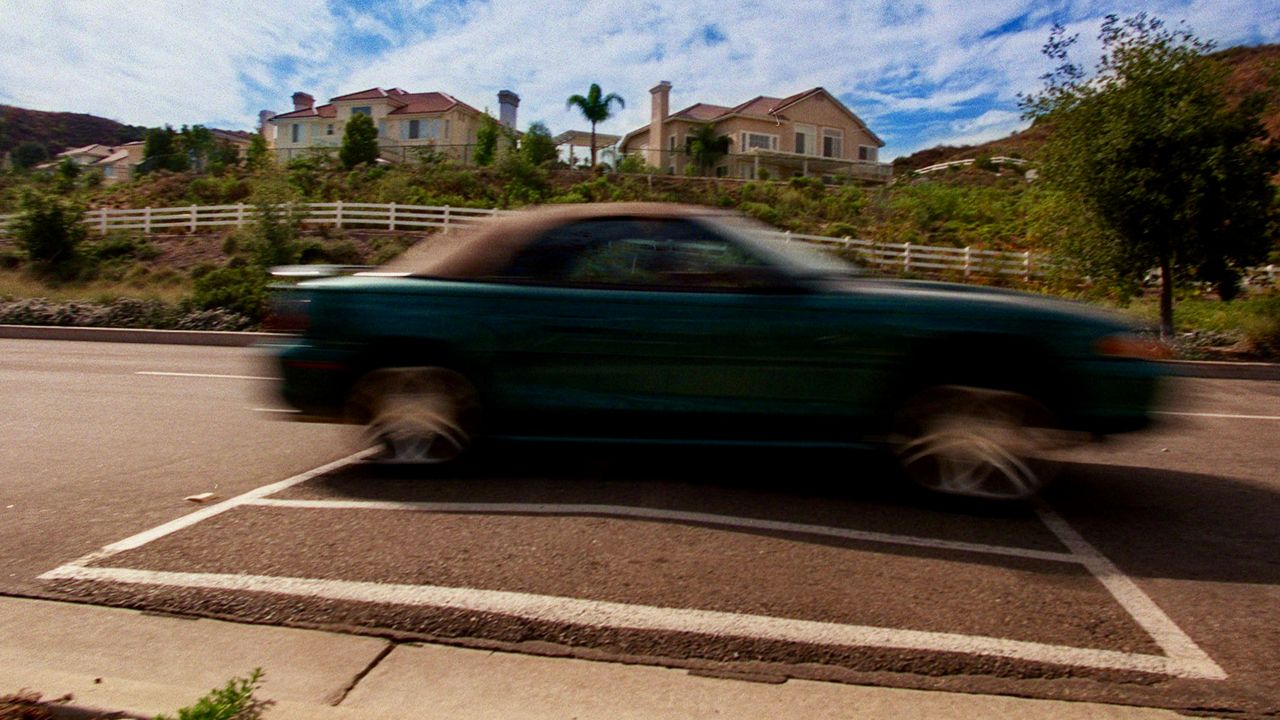LOS ANGELES (CNS) — The Los Angeles City Council approved a plan Friday to install speed humps on 100 streets around 50 "high-priority" schools following a string crashes earlier this year in which students were struck by drivers.
The council in a 11-to-0 vote — with council members Paul Krekorian, Nithya Raman, Curren Price and Hugo Soto-Martinez absent — adopted the city Department of Transportation plan to add speed humps near schools identified in the Safe Routes to School strategic plan.
"We're very excited that the council has approved a program to implement speed humps near schools and we're anxious to get started," Dan Mitchel, assistant general manager of LADOT, told the council.
Mitchel noted the department has already started installing speed humps and speed tables in some areas, which are designed to slow traffic and heighten driver awareness.
The city's SRTS plan, an initiative to safely increase the number of children who walk or bike to school, ranks more than 500 LAUSD schools in the city to identify those with the most need for traffic-calming measures.
LADOT ranks schools based on criteria including the number of vehicle- pedestrian/bike collisions; the number of students who live within a quarter- mile; the number of students eligible for free-reduced price meals; and lack of prior state and federal SRTS funding.
Mitchel estimated it will take six to nine months to install the speed humps approved by the council.
Under the city's existing program, speed humps are only installed on an annual cycle. Groups and individuals are invited to apply, but the cycle closes when a total of 375 applications are received, and the application threshold is typically met within minutes.
LAUSD officials and community members urged City Council members to take action to prevent further tragedies around schools across the city.
Council members supported the dedicated speed hump program for the 50 schools, but raised questions regarding equity.
Councilwoman Monica Rodriguez said "getting a speed hump approved is like getting Taylor Swift tickets."
The councilwoman, who represents the Seventh District, which includes the eastern portions of the San Fernando Valley, expressed concern over seeing just two schools in the SFV in the list of 50 "high-priority" schools.
"I think we need we need to be more reflective and thoughtful about how we vet all of the schools in the city and determine that because I know when it comes to issues around equity, when it comes to using this list, I wonder how often if it all it ever shifts," Rodriguez said.
The councilwoman noted that some of the schools on the list have not changed since she first started working at City Hall as an intern in 1994 under former Councilman Mike Hernandez, who left office in 2001.
"I just want to make sure that we're really reflective of all of the school needs, all of the neighborhoods in Los Angeles, but particularly it causes me a lot of consternation when I see that the San Fernando Valley is well underrepresented in literally two locations," Rodriguez said.
"And that needs to be rectified," she added.
Mitchel acknowledged that the initial 50 schools on the list do not represent "geographic equity in the city as a whole," but he believed the list to "still be a good cut."
All 50 of the schools identified exist on or within a quarter-mile of the High-Injury Network, which represents 6% of the city's streets that account for 65% of deaths and serious injuries for pedestrians.
According to LADOT, in the city, school age children ages 5 to 17 account for 19% of all pedestrian-related collisions and 18% of all fatally or severely injured pedestrians. To date, the city has only received 6% of the statewide SRTS funding, while comprising 10% of the total state population.
Councilman Bob Blumenfield echoed Rodriguez and recommended that LADOT expand its analysis to include whether schools have pedestrian infrastructure.
"Especially when you have a lot of schools without sidewalks and kids walking in the street, which is inherently dangerous," Blumenfield said. "I don't want to hold this up. I want to move forward, but I do want us to take another crack at that priority list."
He added all schools are in need, and the 50 schools in the list are "certainly needy schools."



